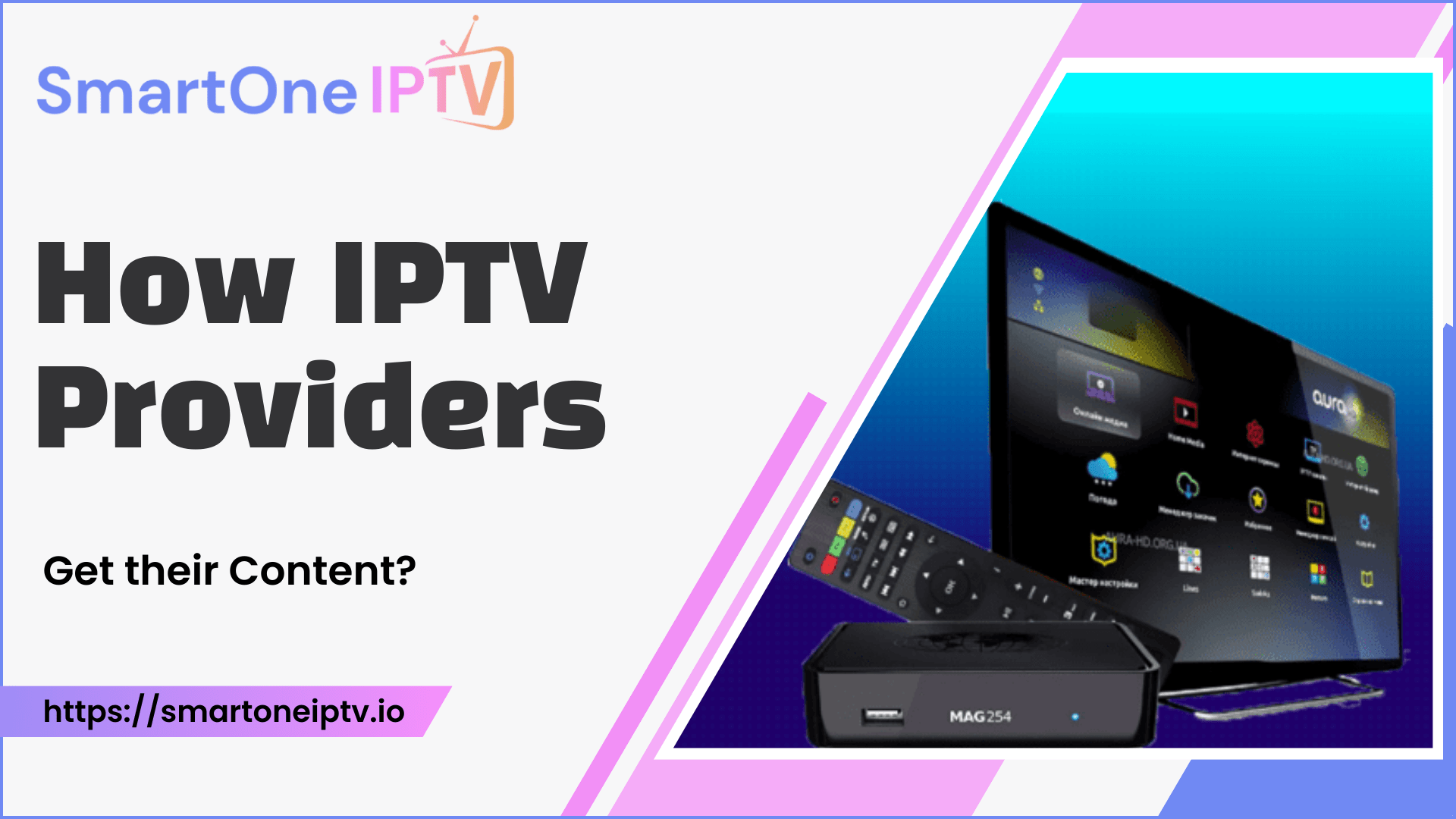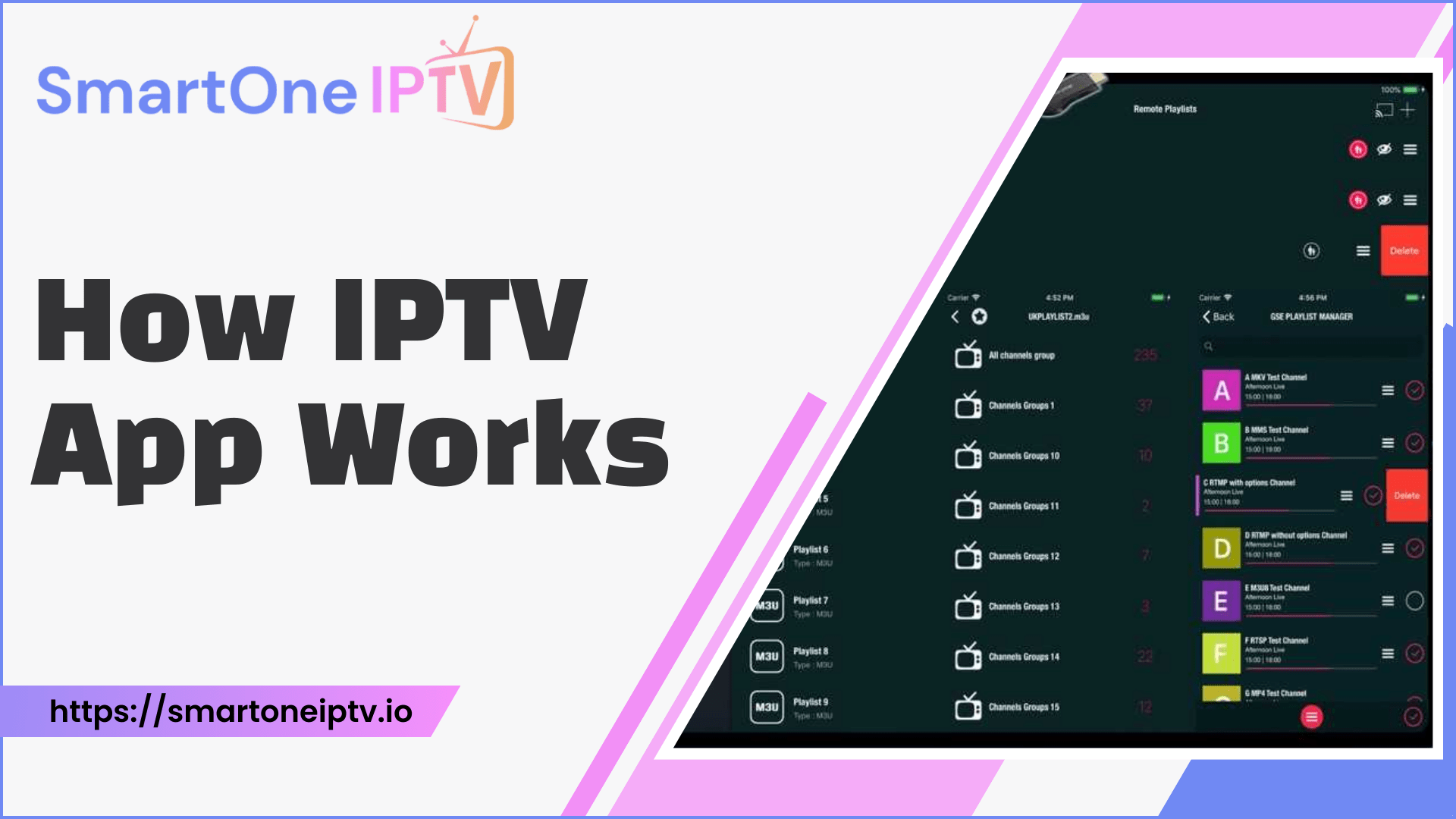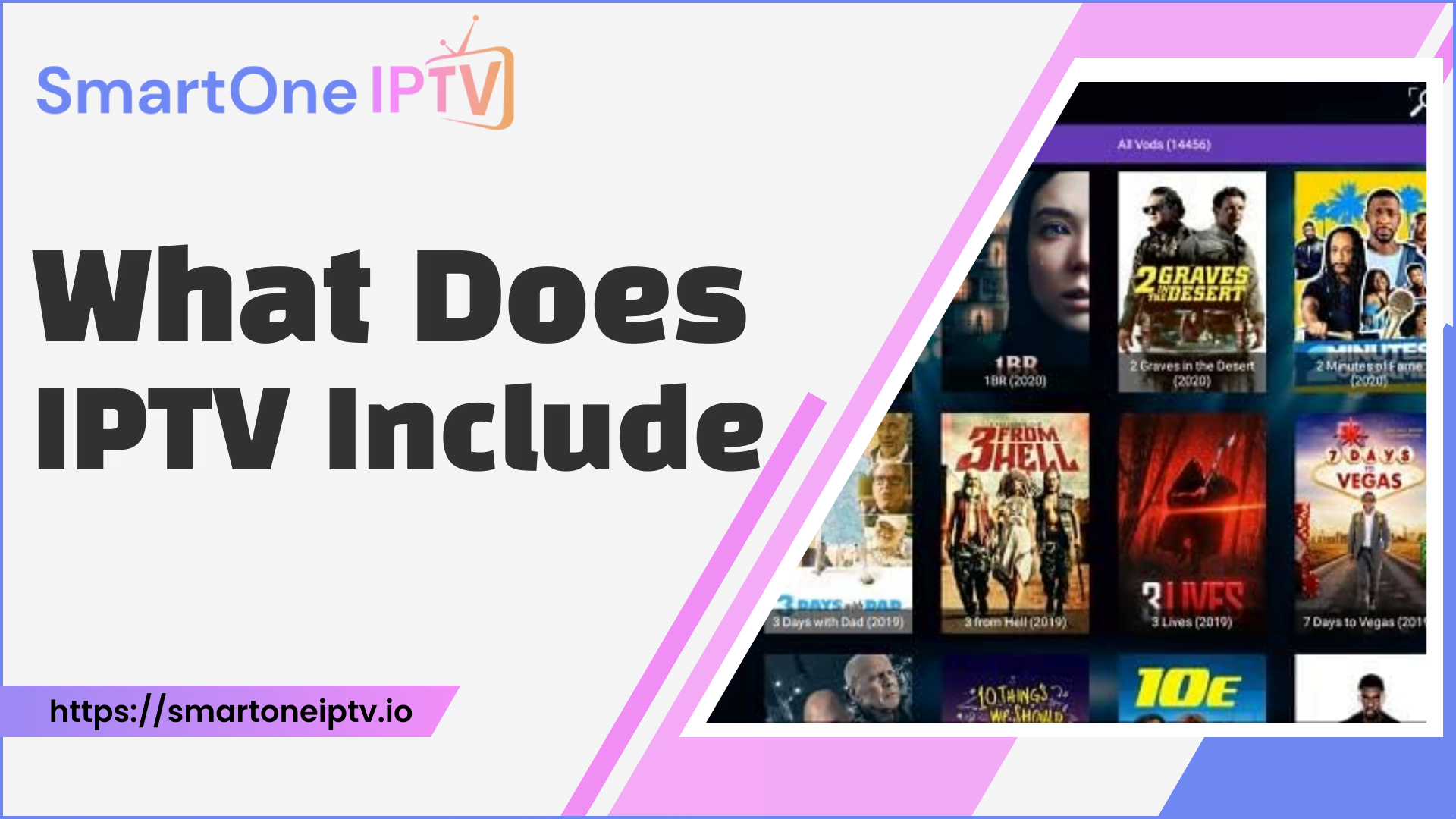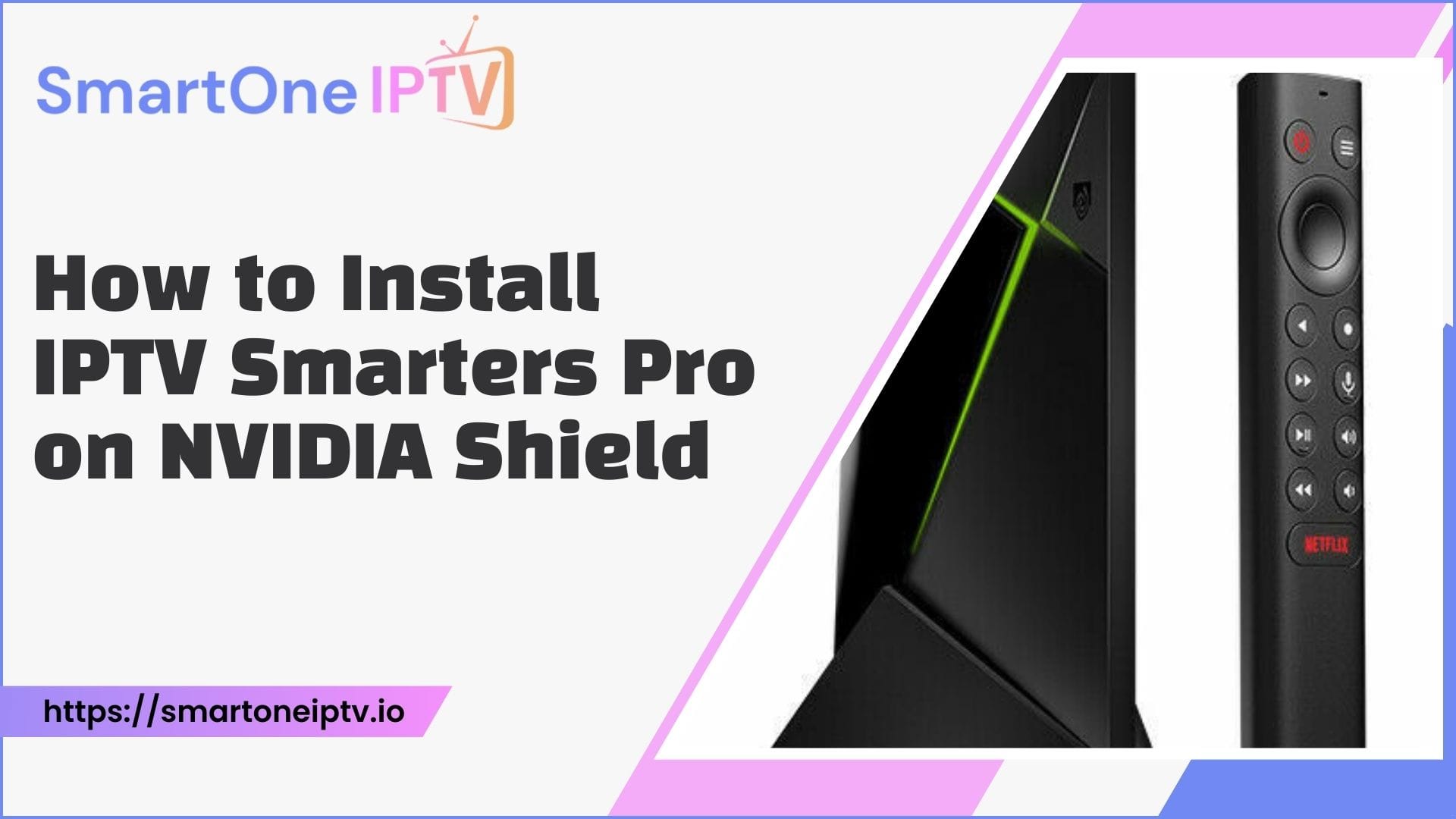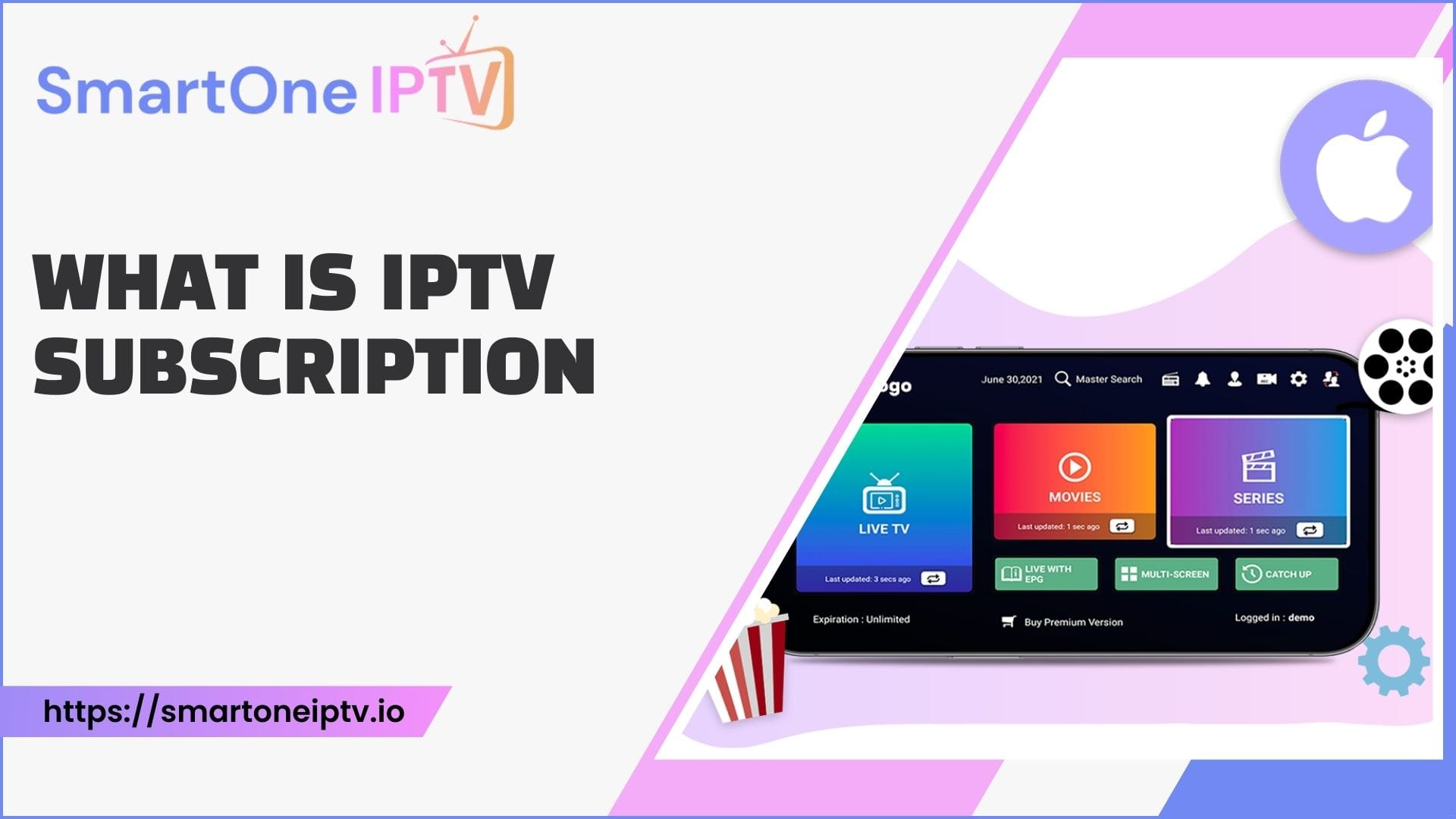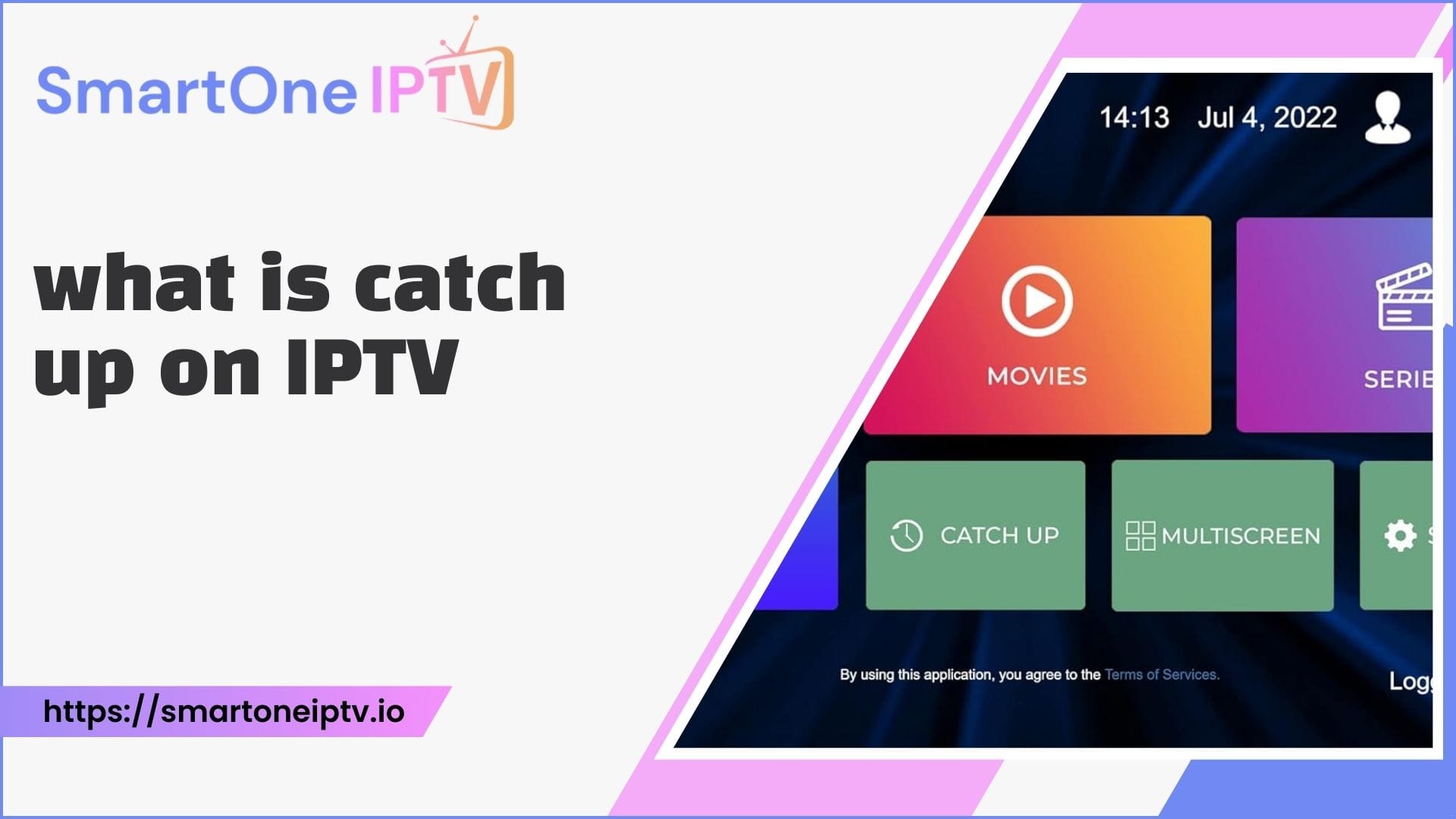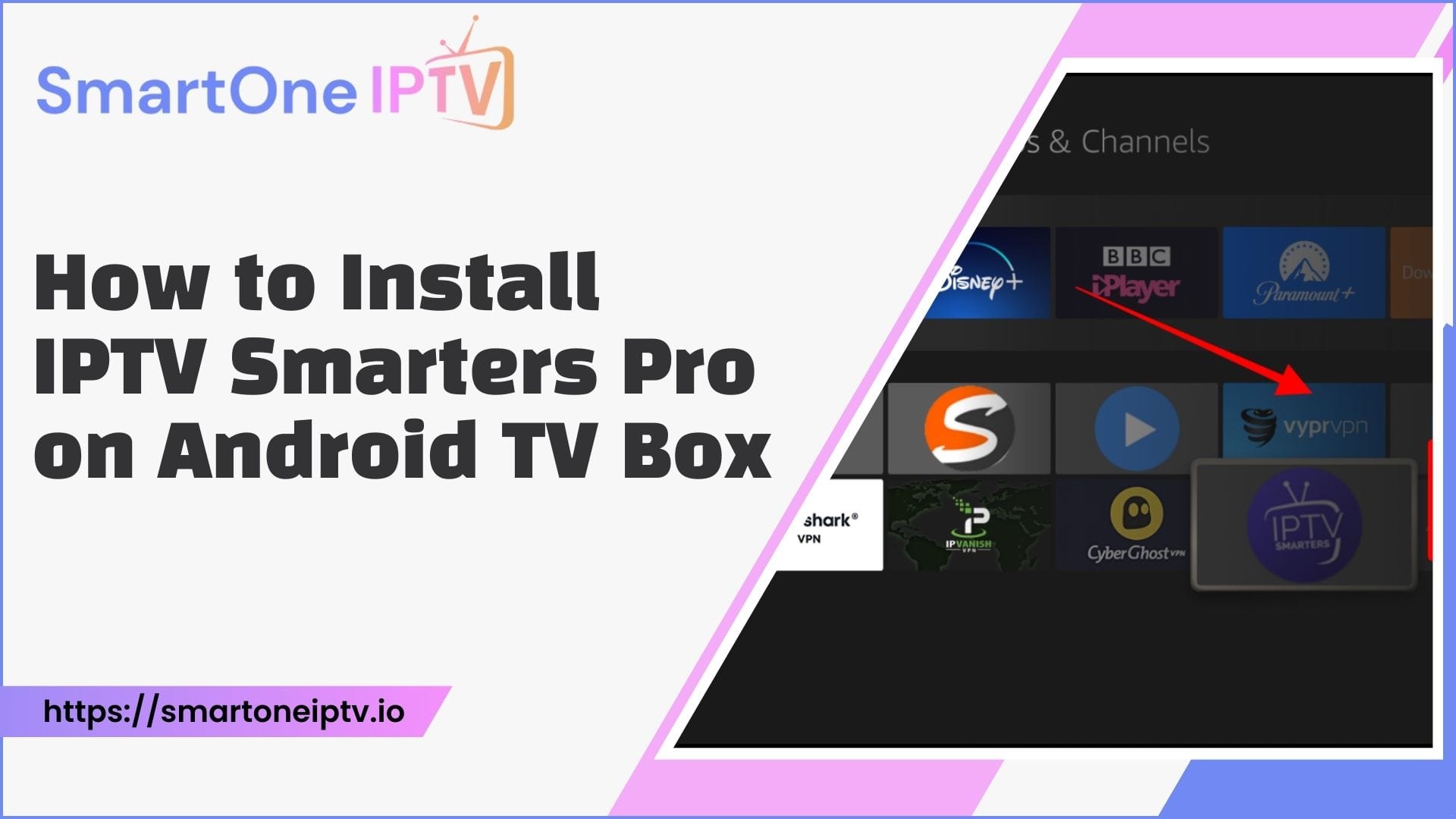Introduction
IPTV providers offer live TV, video on demand, and other interactive services to subscribers. But where does all this content come from? IPTV providers utilize various strategies to source and acquire programming for their platforms. These include:
- Direct licensing agreements with content owners
- Partnerships with content aggregators
- Capturing and encoding live broadcasts
- Producing original content
Direct Licensing Agreements
The primary way IPTV providers acquire content is through direct licensing agreements with major broadcasters, studios, sports leagues, and other content owners.
Negotiating Rights
IPTV provider negotiates the right to distribute programming on their platform for a specific period and territory. This involves determining:
- The scope of content rights (live, VOD, catch-up TV, etc.)
- Exclusivity of rights
- Length of the license period
- Covered geographic regions
Rights are typically negotiated on a country-by-country or region-by-region basis. Major global content owners will often work through local affiliates or distributors when licensing to IPTV platforms.
Revenue Models
There are several common revenue models used in IPTV content licensing deals:
- Fixed license fees – The IPTV provider pays an upfront fee to the content owner for distribution rights. This provides cost certainty but requires significant initial investment.
- Revenue sharing – The content owner receives an agreed-upon percentage share of the revenue generated by their content on the IPTV platform. This aligns with incentives but introduces some financial uncertainty.
- Revenue sharing with minimum guarantees – The IPTV provider pays a minimum guaranteed amount upfront plus a revenue share on top. This provides the content owner with some downside protection while maintaining upside potential.
The split between fixed fees and revenue sharing is a key component of negotiations. Content owners with “must-have” programming often secure more favourable terms.
Examples
Example of some agreements in the distribution of premium content via IPTV and streaming platforms.
Bell Canada’s Agreement with HBO
- In 2018, Bell Canada signed a multi-year agreement with HBO.
- HBO’s premium content is distributed on Bell’s Crave TV streaming platform.
- Included HBO’s entire portfolio of scripted shows, documentaries, and specials.
- Likely involved both fixed fees and revenue sharing.
Sky UK’s Deal with WarnerMedia
- Sky UK signed a multi-year agreement with WarnerMedia in 2018.
- HBO Max streaming service is offered via Sky’s Sky Q platform.
- Sky Q subscribers gained access to HBO Max’s full content library.
- Included popular shows like “Game of Thrones,” “Succession,” and “The White Lotus.”
- Highlighted the strategic importance of exclusive content.
Deutsche Telekom’s Bundesliga Soccer Rights
- Deutsche Telekom secured rights to broadcast Bundesliga soccer matches from 2021 to 2025.
- Coverage is available via IPTV and Magenta TV OTT streaming app.
- The estimated fixed annual licensing fee is around €200 million.
- Demonstrated substantial financial commitment to offer premium sports content.
Content Aggregators
Given the complexities of content licensing, many IPTV providers work with content aggregators as part of their sourcing strategy.
Simplified Licensing
Content aggregators negotiate licensing deals with major content owners and then provide IPTV platforms access to this aggregated content through a single agreement. This simplifies and streamlines the content procurement process. Some of the largest aggregators include:
- Ateme – Provides content aggregation solutions to IPTV operators globally. Their Titan Live platform supports ingest, transcoding, packaging, and delivery of linear channels.
- Kaltura – Offers a full suite of video platform products, including aggregated content libraries, cross-platform video player technology, and analytics.
- VMware Solutions – An end-to-end video delivery specialist supporting major IPTV deployments in LATAM, Africa, and other emerging markets.
Live TV Capture and Encoding
IPTV providers need real-time access to programming feeds, which they then encode and deliver to subscribers.
Sourcing Broadcast Feeds
There are a few main methods for capturing live TV feeds:
- Direct feeds – The broadcaster provides a dedicated direct feed from their studio or uplink facility, which the IPTV provider can ingest and encode in real-time. This requires close coordination with the broadcaster.
- Over-the-air – The IPTV provider uses local antennae to capture over-the-air broadcast signals, which are then encoded and streamed. This avoids any reliance on the broadcaster but is subject to local reception quality.
- Fibre taps – The IPTV provider accesses broadcast signals directly from the local cable TV provider’s fibre optic infrastructure via a fibre tap. This ensures pristine signal quality but requires approval from the cable operator.
Encoding and Distribution
Once the live TV feeds are captured, the IPTV provider encodes them in formats suitable for streaming over IP networks (e.g., MPEG-DASH, HLS). This involves breaking the video and audio into small chunks or segments and packaging them for delivery. The streams are distributed from the provider’s encoding facilities to edge caches located closer to end users for low-latency streaming. Many providers use content delivery networks (CDNs) to distribute and optimize live channel delivery.
Original Content Production
While licensing and capturing third-party content is critical for IPTV providers, some are also investing in original content production.
Motivations
Several motivations are driving IPTV providers to create their original programming:
- Differentiation – Unique original shows can set a provider apart from competitors in a crowded market.
- Ownership – The provider retains full IP rights and distribution control for internally produced content.
- Exclusivity – Original shows are exclusive to that provider’s platform, which helps attract and retain subscribers.
- Data insights – By owning the content, providers gain access to detailed viewing data to optimize programming.
Models and Strategies
There are a few common models IPTV providers use when resourcing and funding originals:
- In-house production – Developing full in-house production capabilities with dedicated studios, equipment, and staff. Requires major investment but provides maximum control.
- External partnerships – Working with existing production houses and studios to fund new projects while leveraging their expertise and infrastructure.
- Acquisition – Buying the rights to existing independent productions that align with the provider’s programming needs.
Original content is generally focused on local markets and languages to best resonate with subscribers. However, some providers do create more globally focused-original programming as well.
Technological Methods for Content Delivery
IPTV providers employ various technologies to ensure efficient and secure content delivery:
- Adaptive Bitrate Streaming: It adjusts video quality based on the viewer’s internet connection, ensuring smooth playback across different devices and network conditions.
- Content Delivery Networks (CDNs): CDNs distribute content across multiple servers to reduce latency, improve streaming quality, and handle high volumes of concurrent viewers.
- Digital Rights Management (DRM): DRM systems implement encryption and access control technologies to protect copyrighted content and enforce viewing restrictions.
- Cloud-based Content Management: This technology facilitates content ingestion, transcoding, and storage, allowing providers to manage large content libraries efficiently.
Conclusion
IPTV providers adopt different approaches to content sourcing, which include direct licensing agreements, partnerships with content aggregators, and original content production. Future trends in IPTV content sourcing may include more licensing models, increased collaboration with content creators, and continued investment in technology to enhance viewer experience while protecting intellectual property rights.

